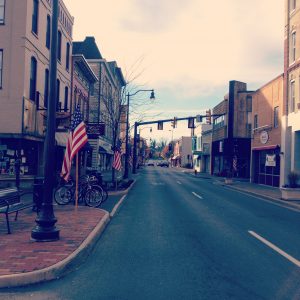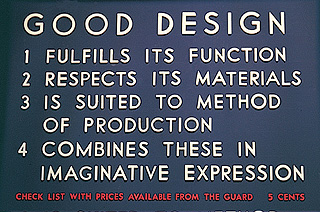So yesterday I posted the start of this series, catch up HERE.
Design has power.
Most homes in the United States are not designed. What I mean by that is to design a home you need to know the occupants, their dreams, habits, customs, and way of life and then develop a design to facilitate future goals. You also need to know the site, slope, climate, weather patterns, and even typical soil composition to “design” a house. Most houses are simply built and we (big we meaning society as a whole) have accepted that to the point where we adapt our living habits to the house not designed to facilitate the lifestyle we want to live as normal. Public buildings on the other hand are almost always designed for a specific use, group of people, and location (I wish more of them took into account climate and environmental impacts).
When we look at the making of a “place” all the buildings, streets, sidewalks, bike lanes, stormwater management, even porches, and fences have impacts. A residential community with no sidewalks or front porches and instead large rear yards and decks struggle to build community. A residential community with sidewalks and deep front porches tend to introduce neighbors to each other. This is a powerful tool in design.

In non-residential design, a building can also help create community. Think about how you feel sitting in the windows at Billy Jacks on a nice day when they open up the windows vs a hot day with closed windows. Another example is how Harrisonburg’s downtown feels with sidewalks and storefronts (the majority of parking in a deck) vs how East Market St. feels in the area of the mall where there are sidewalks, but parking lots are in front of buildings and there is a lot more traffic. All of these examples create a sense of place, but which builds belonging and a pride of place for you? Which is welcoming for you?
As we think about where to put our design energy for the future of our city we need to decide if we want to celebrate the unique aspects of our town or the chain restaurant any town USA part of our town. Building pride of place requires that people feel like they belong, are welcome, and have a purpose.
So again, Design has power.





